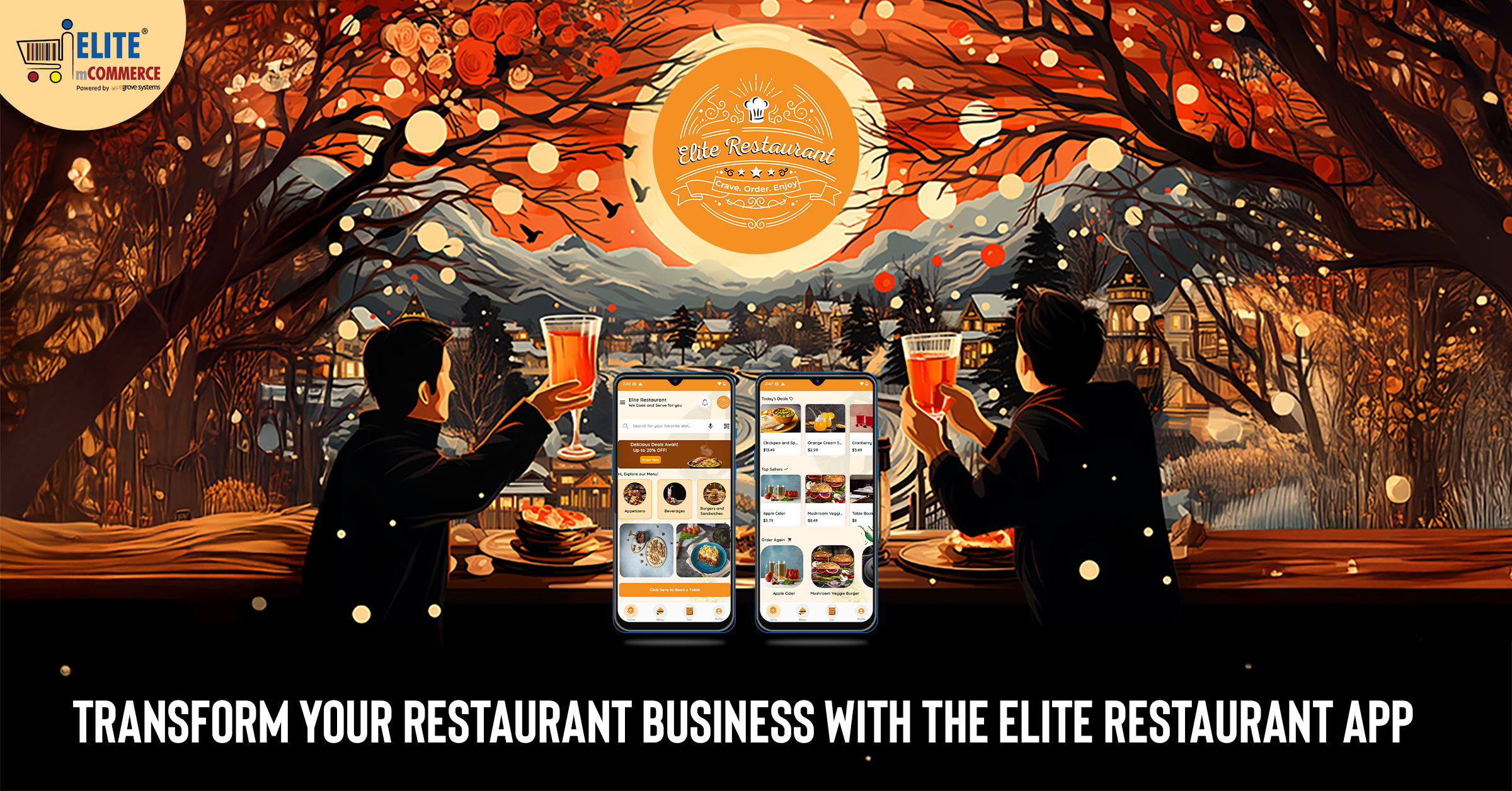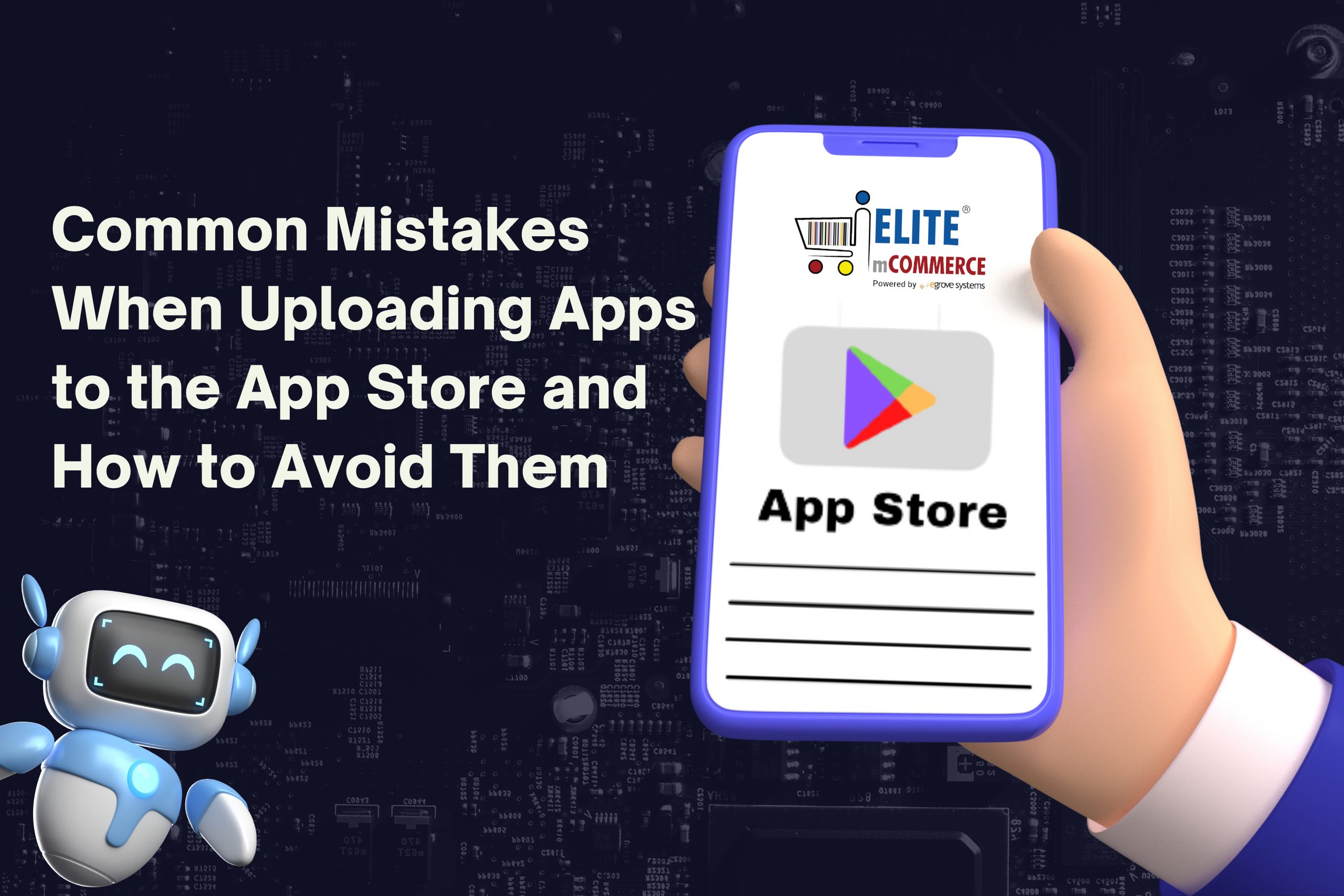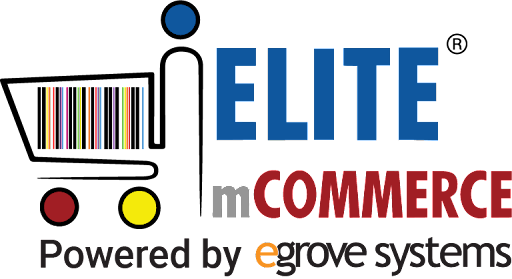Mobile devices are crucial in the digital age we live in. There are presently roughly 2.22 million iOS applications and more than 3.48 million Android apps, according to a Statista report. However, not all applications are visually appealing. The most beneficial mobile applications are also the most appealing to users.
Find out more about how to make your mobile UX design better!
What is mobile user experience design, and why is it significant?
UX design is the process of an app development company to create user-friendly mobile interfaces. In order to improve mobile interaction, designers concentrate on aspects like solution efficacy and accessibility. When creating your mobile UX, it’s important to pay great attention because UX is all about how consumers feel when using your app.
App users feel realistically immersed in an outstanding UI/UX design. It also provides a steady stream of crucial information. Your app will naturally attract additional users as a result of this increased interest. Your brand’s recognition is improved since it boosts conversion rates.
2022’s Ideal Mobile UX Design Techniques:
User requirements and expectations must be understood and known while designing for mobile devices. By 2023, 6.9 billion people throughout the world will be using mobile devices, a steady increase. The best mobile UX design principles must thus be learned.
Check out some recommendations for 2022’s mobile UX design.
- Navigation should be Simple
If people can’t locate them, unique content and features are meaningless, and would appreciate your assistance in designing user-friendly navigation.
Use discoverable components to make it simple for consumers to move between screens and return to the previous one. Make sure your navigation menu doesn’t occupy a lot of screen space.
- Break down User Behavior:
Make an effort to react to only one primary action on each screen that groups a user behavior.
Making choices, signing in, providing information, verifying activities, etc. By altering its form and color, you may make it more tangible. By including less significant phases, you can avoid conflicts with significant actions.
- Follow Minimalism:
In the field of mobile UI/UX design, Minimalism is a never-ending trend. It’s easy to construct a straightforward approach. Users demand convenience and simplicity, thus the screen shouldn’t be overcrowded with interface components. In order to get better outcomes, it strikes a compromise between special functionality and straightforward design.
- Making Things for Everyone:
The key design tenet of a mobile app development company is creating an amazing user experience for everyone. Mobile devices provide users with a variety of methods to connect with them. As a result, it’s beneficial to arrange your UI components such that users may view and interact with them when using a mobile device.
The top or bottom corners of the screen cannot include buttons or other elements. the difficulty of accessing these locations
- Make Scrolling Spontaneous:
To display data in a wider visual area than the screen allows or to browse the product catalog, use horizontal scrolling. When more material is accessible, give visual signals and indicate the scrolling direction.
- Make Buttons Clickable:
Small touch controls make life for the user miserable. The inability to conserve the virtual screen space degrades the user experience.
All operating systems offer options for its button design to enhance the user experience. On nearly every operating system and mobile device, a 44px high by 44px wide button performs exceptionally well.
- Accept Familiarity:
To reduce the learning curve for your consumers, adopt consistent, well-known iconography and layouts. Ensure that the purpose of every UI element is clear. For instance, you may initiate a one-click call action by clicking the phone icon, and you can initiate a message transmission by clicking the envelope icon. Give usefulness more weight than originality.
Read Also:Food Delivery App Themes, UI/UX, Designs and templates for different features
- Offer user assistance:
Make sure the issue is fixed if a user asks a query. Support your users through your app development utilizing a range of tools, such as click-to-call buttons, live chat, chatbots, and native in-app FAQs.
- Keep a Constant Experience:
Ensure users have a consistent and smooth experience when your app is available on different app development platforms and has a web version.
If someone wants to switch, it should be worth comparing to other devices, so it shouldn’t be hard to adapt.
Furthermore, regardless of the device, as users become more comfortable with UX design, it becomes more noticeable.
- Select the Right Font:
The appropriate font selection is just as crucial as developing the aesthetic elements of your mobile solution. Your design might be ruined by using the incorrect typeface. So pick a typeface that reads well in various font weights and sizes.
Tech behemoths like Apple and Google maintain that font sizes should stay at 12 points. Users can read the information on the screen without having to zoom in thanks to it. Furthermore, it aids in maintaining your device at a comfortable viewing distance.
- Collect User Feedback:
Your primary responsibility as a designer is to provide your users with an excellent UX. You can also validate ideas by soliciting feedback from users. Reliable feedback aids in determining what works and what does not.
This information will assist you in deciding what to change. Applying analytics to your app provides you with all of the data you need to effectively improve the user experience.
- Keep your color selections simple:
Effective color combinations can assist your app stand out from your brand and make a positive impact on your consumers. The color scheme of the app links a number of intricate features.
• Show Your Brand’s Color Scheme
• Design in Grayscale
• Abstain from Excessively Bright and Vibrant Colors
• Accustom Color-Blind Users
• Maintain Appropriate Color Contrast Ratio
- Customization Room:
Personalization driven by data will fuel your mobile UX. To create specialized offers, leverage information from your consumers’ prior searches, geolocation, and transactions. Use push and in-app notifications to provide highly personalized experiences for your consumers.
Conclusion:
If you want to leave a lasting impression on your app users, improve usability and design to provide the best user experience. Influence the popularity of apps with Elite mCommerce from the state-of-the-art mobile app development company, eGrove Systems, for the success of your businesses, and increased ROI.









Exploring the topic of food allergies in my essay, and incorporating food allergies images could make it more impactful. Where can I access suitable images for this. I was also on a long search, but I found a great site where everything is.
I’m constantly searching on the internet for posts that will help me. Too much is clearly to learn about this. I believe you created good quality items in Functions also. Keep working, congrats!
great info, thanks